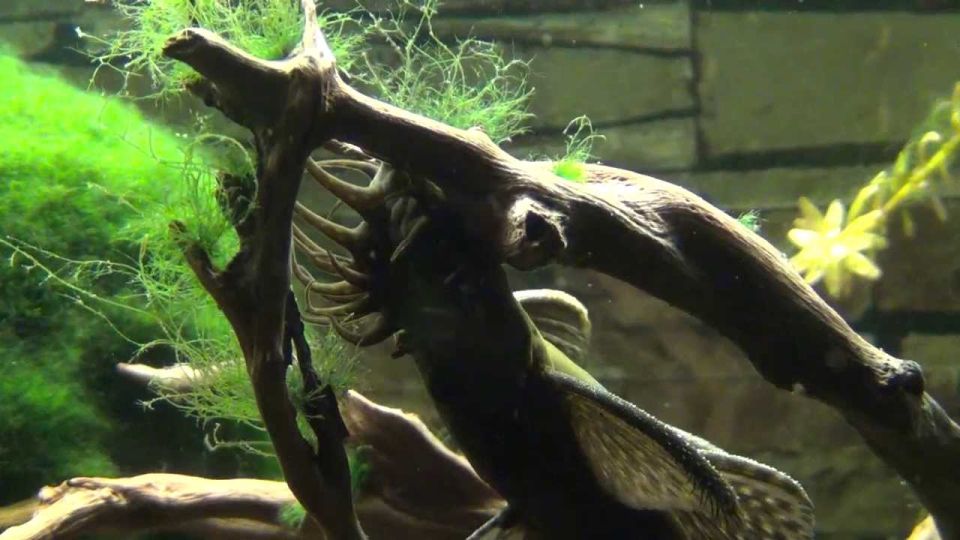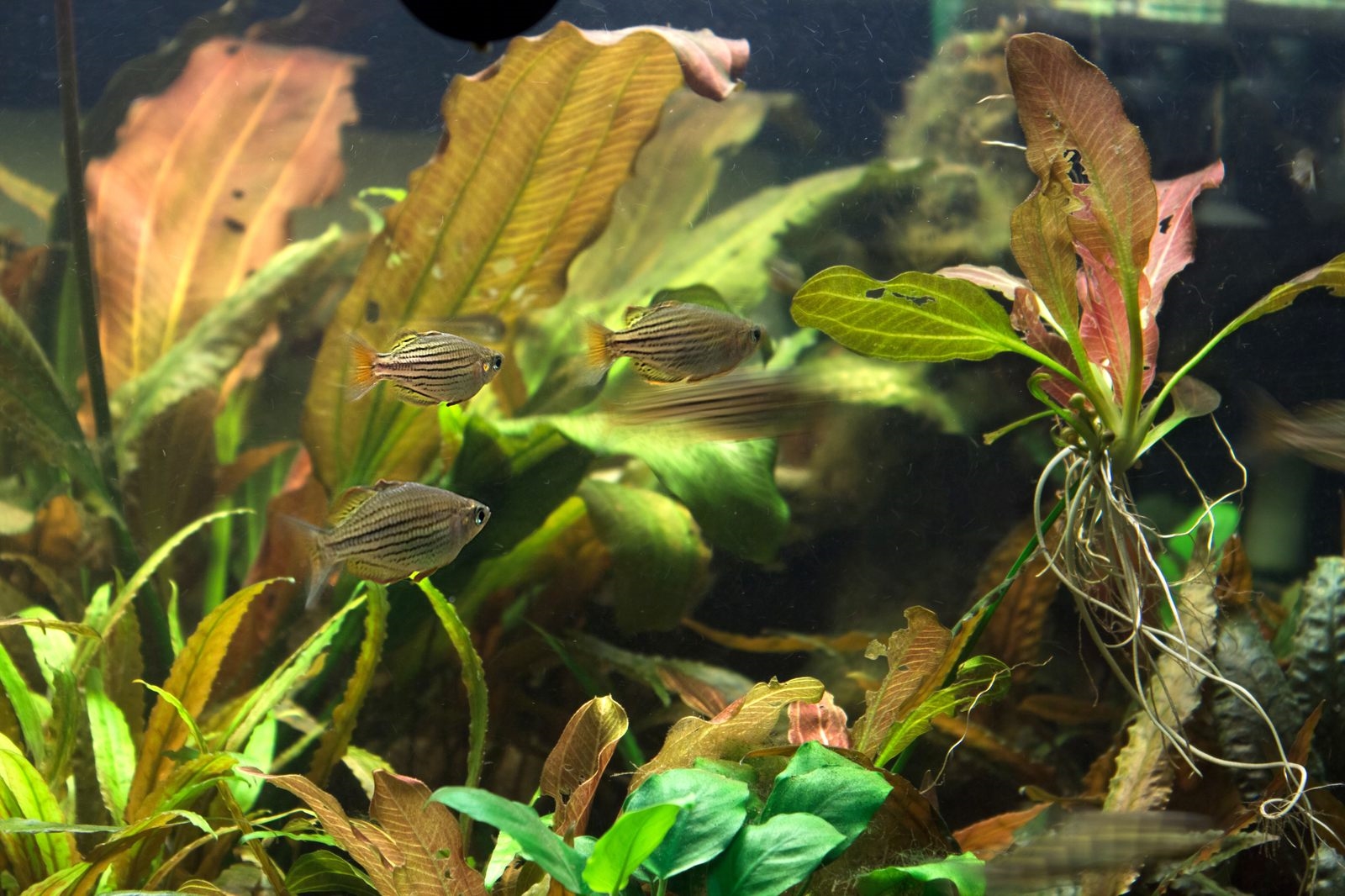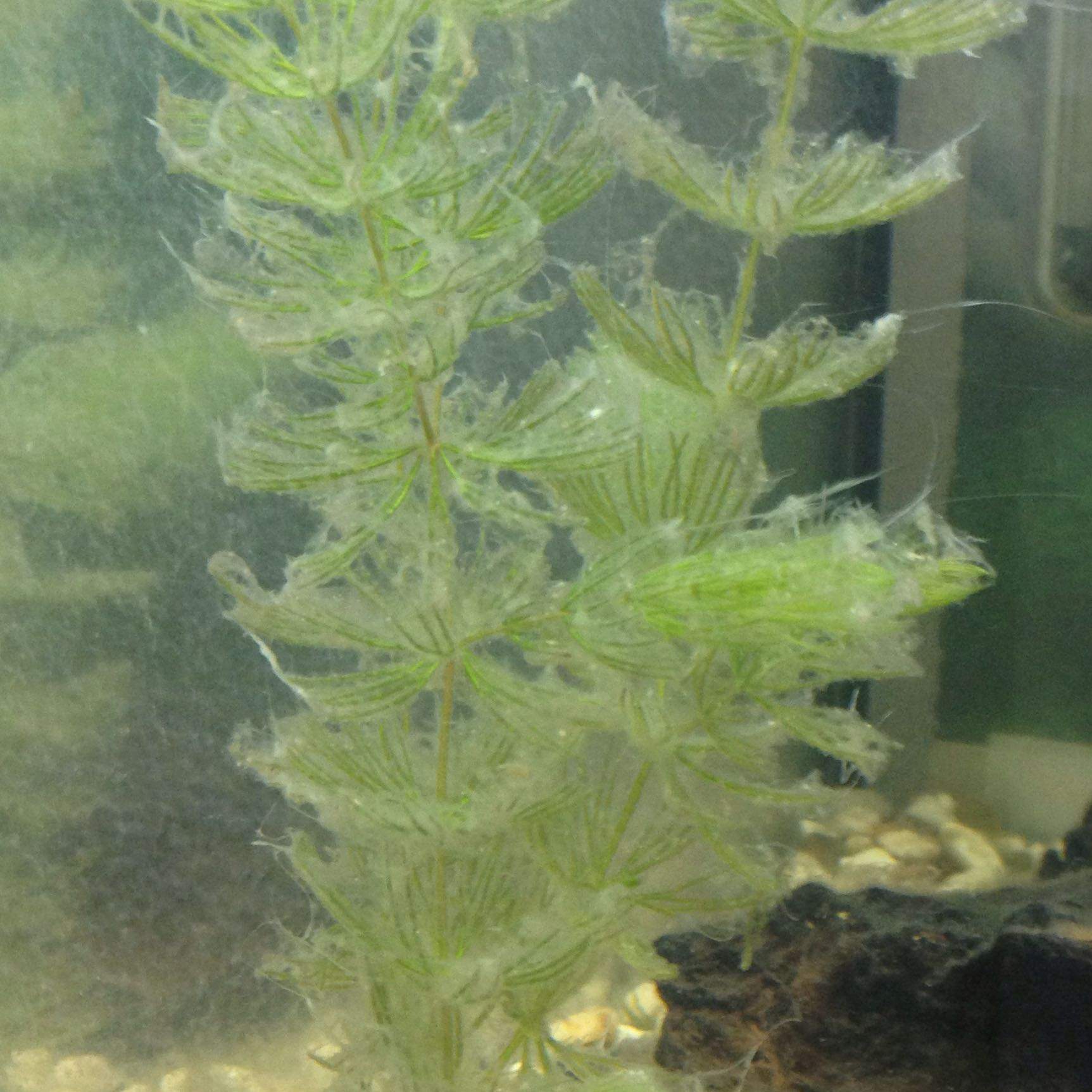Algen Aquarium Bekämpfen

Web Server Is Returning An Unknown Error
Error Code 520
Besides looking unsightly, algae isn't bad for an aquarium - it's actually beneficial to your aquarium's ecosystem as it helps keep your water clean and serves as a vital food source for species. fish and algae-eating invertebrates such as trapdoor snails. TIP Reducing the amount of light and nutrients your aquarium receives, manual removal, regular water changes, live plants, and algae-eating invertebrates and fish can help control this algae bloom. . TIP You should test your aquarium water to make sure that ammonia, nitrite, nitrate and phosphate levels are zero, as high numbers of these will promote algae growth in your aquarium. Fish near the filter tubeAlgae is caused by a number of factors including an imbalance or too many nutrients in the water, too much light, excess food, irregular water changes and poor water quality. How to Get Rid of Algae in Aquariums
The best way to eliminate algae in aquariums depends on the type, but reducing lighting, lowering or balancing nutrient levels, and maintaining good water quality help control and prevent their occurrence. Keep Algae Eaters Natural
Adding algae-eating fish and invertebrates to your aquarium can prevent and reduce algae blooms, but make sure your aquarium is large enough before adding new residents.
Article: Algae Control In The Planted Aquarium
Tackling this nutrient buildup will cause the algae to stop growing and die, and killing the algae directly (using an algaecide) is only a temporary fix if the underlying problem is not resolved. A healthy planted aquarium that receives all the nutrients it needs will consume (unless there is gross nutrient buildup) the excess nutrients and wastes that cause algae, and tend to prevent major algae blooms. without the fish farmer needing any other measures. ), the key to preventing and eliminating algae in a planted aquarium is to identify and treat deficiencies through supplementation, not to reduce nutrients through the use of filter media or large water changes. You want around the following settings:Nitrate: 10-20mg/L (ppm)
Phosphate: 0.5-1 mg/L (ppm)
Potassium: 8-15 mg/L (ppm)
You will also need a constant source of bioavailable carbon (Flourish Excel™ or CO2) and lights that produce the correct spectrum and intensity for your plants. Nutrient Target range What dose Nitrogen (Nitrate) 10 - 20 mg/L Flourish Nitrogen™ aquavitro synthesis™ Phosphorus (Phosphate) 0.5 - 1 mg/L Flourish Phosphorous™ aquavitro activate™ Potassium 8 - 15 mg/L Flourish Potassium™
If none of these nutrients are too low, chances are the bioavailable carbon is too low (we recommend dosing Flourish Excel™ or increasing your CO2 concentration), or the tank is getting too much light. Deficiency symptoms
Altering nutrients based on deficiency symptoms in plants isn't as precise and controllable as altering nutrients based on water tests, but it's still a good way to ensure that plants in your aquarium are healthy enough to outgrow algae. For carbon deficiencies, we recommend Flourish Excel™
Nitrogen deficiency:
General yellowing of the plant, weak or no growth, stunted new leaves, and a buildup of phosphorus (phosphate) and potassium are symptoms of nitrogen deficiency. For nitrogen deficiencies we recommend Flourish Nitrogen™ or aquavitro synthesis™
Phosphorus deficiency:
Very slow growth and darkening or even browning of leaves are typical symptoms of phosphorus deficiency. For phosphorus deficiencies, we recommend Flourish Phosphorous™ or aquavitro activate™
Potassium deficiency:
Dying leaf tissue, pinholes, yellowing and general poor health are typical symptoms of potassium deficiency. For potassium deficiencies, we recommend Flourish Potassium™
Other shortcomings
Although there are many other nutrients important to plant health, other nutrient deficiencies are not as likely to cause algae outbreaks. Type of seaweed
While it is possible to identify a nutrient deficiency or excess by studying the types of algae growing in your aquarium, this method is imprecise and any solution is best confirmed using a test kit.
Algae
A low level of organic pollution, healthy and well-developed plants and an appropriate amount of fish (neither too high nor too low). Creating strong competition for algae by promoting healthy, well-developed plants is truly the best cure and easiest way to fight algae. However, the supply of the other main nutrients and trace elements is also crucial if you want plants to grow well. Of course, lighting, plants, and animals should all be in tune with the fertilizer regimen. Intense light, slow-growing plants, and lots of nutrients are a combination that gives algae a huge advantage. A frequent water change of around 30% each week is also a good way to control algae, as you remove pollutants and add fresh plant nutrients. As tests with the Dennerle line of feeds have shown, high quality, natural feeds can help reduce the algae population. With longer photoperiods, plant photosynthetic systems can become inactive or even suffer damage. Green weapons against algaeWhen we set up a new aquarium, we have a large choice: more than 200 species of aquarium plants in all shapes and colors grow in Dennerle's greenhouses. Hornwort, whose name derives from the tough, horn-like structure of its leaves, can be kept as a floating plant and will immediately begin to consume excess nutrients. When the hornwort has done its job, all you have to do is remove it from the tank and place it in a large glass vase - a beautiful decoration for every room
Marimo Balls
They are also called "moss balls". While the nickname "algae balls" isn't quite as appealing, it's technically more accurate given that these hollow fuzzy balls are actually formed by green algae of the genus Aegagropila (Aegagrophila linnaei). Located in their core are microorganisms that break down nitrates, thereby removing nutrients from the algae. It is best to use algae-eating fish, shrimp and snails. The substrate, stones and roots are tirelessly grazed for algae and other food. It tirelessly "treats" algae deposits on leaves, wood, stones, as well as glass. Most live carriers, such as guppies, black mollys, and platys, also like to eat algae.
# Video | Algen Aquarium Bekämpfen
- Beard Algae
- Brown Algae Aquarium
- Black Beard Algae
- Aquarium Algae Types
- Staghorn Algae
Fadenalgen Aquarium Bekämpfen
How To Remove Hair Algae From An Aquarium
The main influencing factors are:Overexposure to light (especially natural sunlight) so it's important to control lighting levels (using a timer to mimic a natural day and night cycle) and consider the positioning of your tank as aquariums should never be placed in direct sunlight
Excess nutrients in the tank can be controlled by introducing live plants to use up some of them and changing the water regularly to further reduce them.
Other areas to consider to help prevent further outbreaks and facilitate treatment:
Algen Meerwasseraquarium Bekämpfen
Algae 101: Preventing Algae In Aquariums
1) Minimize your tank's light exposureAlthough your aquarium looks beautiful when admired in natural sunlight, algae feed on it. Too much fish food can lead to high levels of ammonia and phosphate in your aquarium, and both of these will fuel algae growth. Limiting your feeding to small amounts of food that can be consumed in a short time is a great way to keep your aquarium clean and your fish on a regular feeding schedule. 3) Fill your tank with the right water
Although using tap water and/or well water in some fresh water tanks is sometimes acceptable, using filtered water is usually a much safer option. No matter how often you clean your tank or what type of filter system you use, filling your tank with tap or well water will only work against you. 4) Avoid excess nutrient levels by minimizing additives
Tank additives have their place and are sometimes helpful in maintaining a healthy tank ecosystem, but overusing them can lead to excessive nutrient levels and allow algae growth. 5) Clean your tank regularly and thoroughly
Fish waste contains high levels of ammonia and nitrates, which allow algae to grow and thrive. 6) Keep your tank cool during the hot summer months
During the summer months, it can be difficult to keep your aquarium cool without breaking the bank, but high temperatures not only pose a risk to fish and corals, they are also a surefire way to trigger a bloom. algae!
Algen Aquarium Entfernen
How To Clean Aquarium Rocks Of Algae (Step By Step)
API ALGAEFIX Algae Control 16 oz bottle Contains one (1) API ALGAEFIX Algae Control 16 oz bottleLast updated on 2022-10-30 / Affiliate links / Amazon Product Advertising API Images
How to Clean Aquarium Algae Rocks Using Bleach
Algae in your aquarium can take many forms: red, blue, green, black or white. Last updated on 2022-10-30 / Affiliate links / Amazon Product Advertising API Images
Related article: How to clean plastic plants in an aquarium
How to remove algae from aquarium rocks using vinegar
Removing algae from smooth aquarium rocks is relatively easy, but you need a different solution when working with rocks that have rough surfaces. Method 2
Get a new toothbrush or one of these algae brushes:
Last updated on 2022-10-30 / Affiliate links / Amazon Product Advertising API Images
Dip your toothbrush in a vinegar solution, then scrub the surfaces of rocks in your aquarium with algae buildup. Related article: How to prepare lava rocks before putting them in the aquarium
How to Remove Green Algae From Aquarium Rocks With Hydrogen Peroxide
If the rocks in your aquarium have been infested with stubborn green algae, you should be able to get rid of it with hydrogen peroxide.
# Images | Algen Aquarium Bekämpfen - Algae In Aquarium
Article: Algae Control in the Planted Aquarium - How to remove hair algae from an aquarium
 Save
Save
Black Beard Algae - Simple Cure For Green Hair Algae
 Save
Save